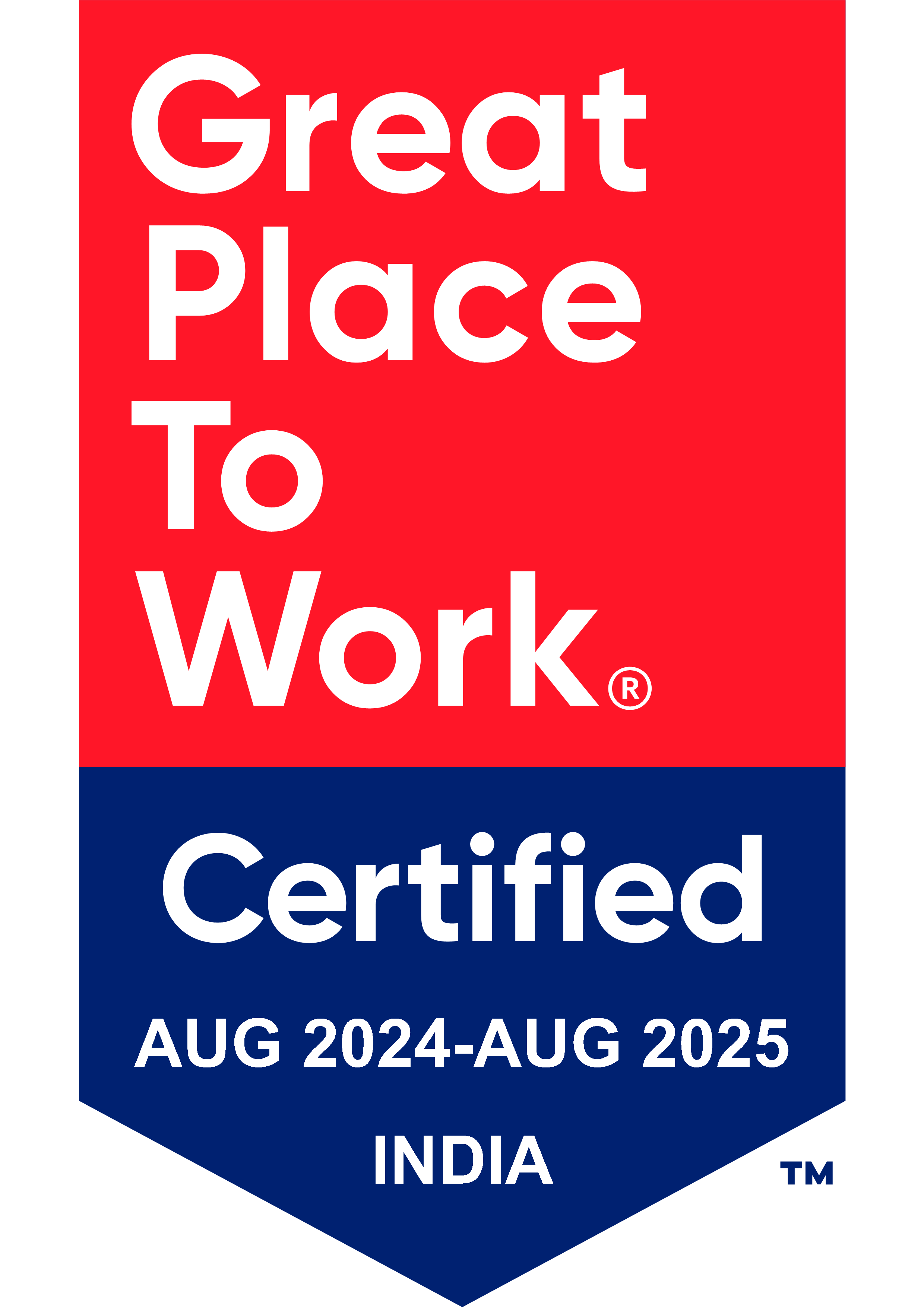Increase Sales with CPG Pricing Analytics: A 5-10% Boost Opportunity
- Team Aays

- Aug 7, 2023
- 2 min read
Updated: Nov 6, 2024

Research suggests that CPG companies can achieve a 5-10% increase in sales with effective CPG pricing analytics.
One area where the impact of AI and analytics is particularly profound is how pricing decisions are driven. By harnessing the power of data, CPG companies are revolutionizing their pricing strategies, re-evaluating their brand portfolios, optimizing pack-price architectures, and strategically managing their product mix to maximize profitability and drive growth.
In this article, we delve into the transformative role of data in shaping pricing strategies, ultimately enabling CPG companies to enhance customer value and achieve remarkable sales uplifts. The following details provide further insights into this topic.
How CPG Pricing Analytics Enhances Sales Growth and Customer Satisfaction
Understanding consumer behavior
With pricing analytics, CPG companies now have access to a wealth of data from various sources, including social media, online shopping platforms, loyalty programs, customer feedback channels and many other sources
By tracking and analyzing data from these sources, companies can uncover trends and patterns in consumer purchasing behavior. Additionally, they can gain valuable insights into consumer sentiments regarding product quality, innovation, price, promotion, and other relevant factors. Furthermore, this data allows them to understand how a particular product is evolving over time.
This can uncover critical information such as the most popular products, preferred brands, and the frequency and quantity of purchases. This knowledge allows CPG companies to tailor their pricing strategies and product offerings to meet customer preferences.
Price sensitivity
Price sensitivity is another crucial aspect that one can look into by analyzing data from various sources. CPG companies can determine how sensitive customers are to changes in prices. They can identify different customer segments and their price thresholds, allowing for more targeted pricing strategies.
For example, advanced statistical models might reveal that certain customer segments are highly price-sensitive and respond well to promotional discounts, while others are willing to pay a premium for specific features or attributes. Armed with this information, CPG companies can set prices that are competitive yet profitable, maximizing revenue and maintaining customer satisfaction.
Optimizing promotions and discounts
Promotions and discounts are essential tools for CPG companies to attract and retain customers. However, offering promotions without a strategic approach can result in revenue loss and erode brand value. Data-driven mindset enables organizations to evaluate the effectiveness of their promotions and discounts by measuring their impact on sales, profit margins, and customer behavior.
By analyzing data on past promotions and customer responses, companies can identify the most effective promotional strategies and optimize the timing, duration, and discounts offered. This data-driven approach ensures that promotions and discounts generate the desired outcomes while minimizing potential risks.
Estimating future demand and optimizing pricing decisions
Through predictive analytics, historical sales data is combined with external factors like economic indicators, weather patterns, and social media sentiment, allowing companies to build models that forecast future demand. These predictive models provide valuable insights into the ideal product mix, revenue potential, and the impact of pricing changes on sales volume.
Conclusion: The Transformative Power of CPG Pricing Analytics
By adopting CPG pricing analytics, companies can make informed pricing, promotional, and demand forecasting decisions. This strategic approach not only drives up to 10% in additional sales but also strengthens customer value and brand loyalty.
The article was originally published in Data Quest









Comments